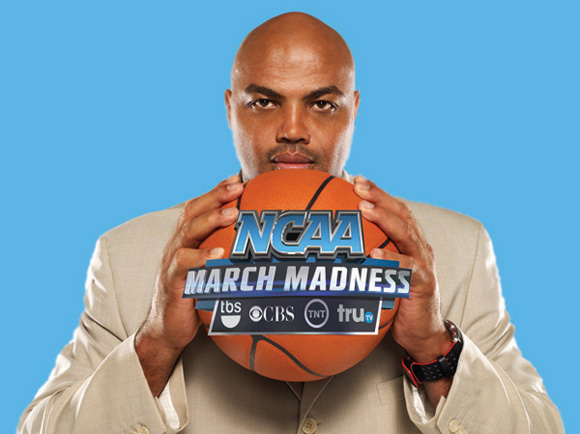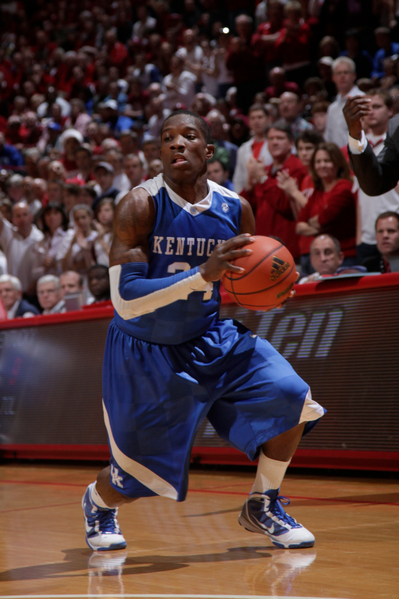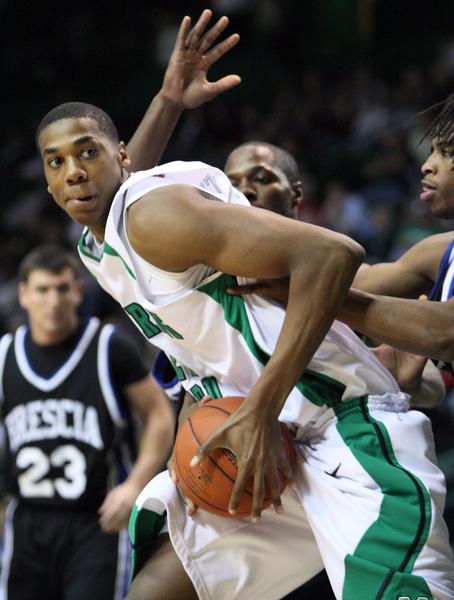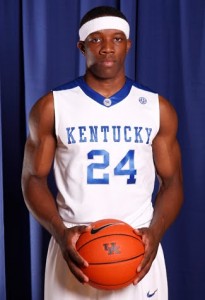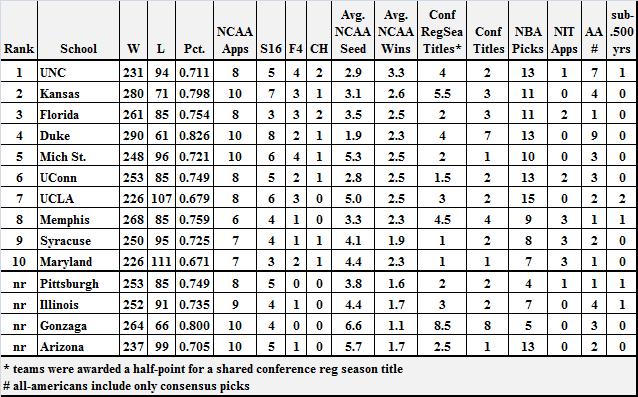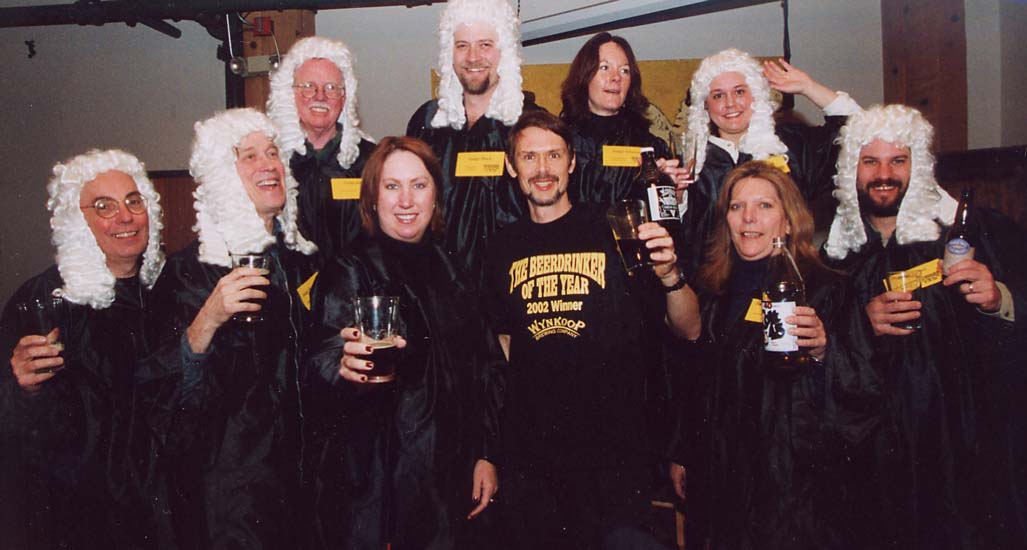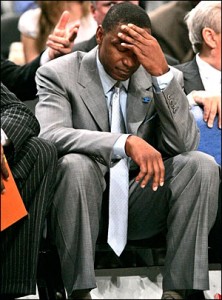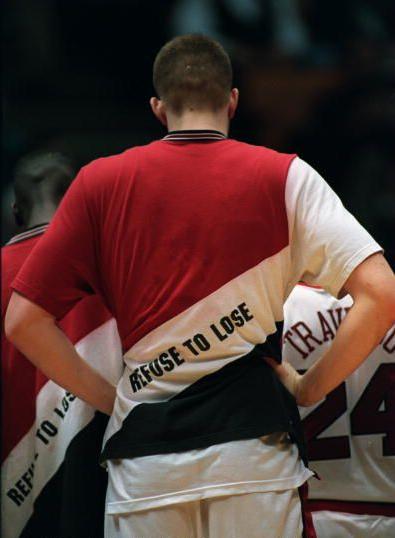Posted by nvr1983 on October 29th, 2009

Joseph Dzuback of Villanova by the Numbers is the RTC correspondent for the Atlantic 10.
Predicted Order of Finish:
- Dayton (14-2)
- Richmond (12-4)
- Xavier (11-5)
- La Salle (11-5)
- Duquesne (10-6)
- Charlotte (9-7)
- Temple (9-7)
- Massachusetts (8-8)
- Rhode Island (7-9)
- George Washington (6-10)
- St. Bonaventure (5-11)
- St. Louis (4-12)
- St. Joseph’s (4-12)
- Fordham (2-14)
All-Conference Team:
- Kevin Anderson (G), Richmond (36.8 MPG, 16.6 PPG, 2.8 APG)
- Rodney Green (G), La Salle (35.3 MPG, 17.8 PPG, 5.0 RPG, 3.4 APG)
- Levoy Allen (F), Temple (31.3 MPG, 10.9 PPG, 9.0 RPG, 1.5 BPG)
- Chris Wright (F), Dayton (26.1 MPG, 13.3 PPG, 6.6 RPG, 1.3 BPG)
- Damian Saunders (F), Duquesne (34.6 MPG, 13.1 PPG, 7.6 rpg, 2.4 BPG)
- 6th Man: Kenny Frease, Xavier (14.6 MPG, 5.4 PPG, 3.7 RPG)
Impact Newcomer/All-Conference Rookie Team:
- Carl Jones (G), St. Joseph’s
- Christian Salecich (G), St. Louis
- Terrell Vinson (F), Massachusetts
- Chris Braswell (F), Charlotte
- Aaric Murray (C), La Salle – Rookie of the Year

What You Need to Know. Over the past two seasons the A10 has earned 6 NCAA bids, sending four different teams to the D1 post-season party of 64 65. That is more teams over the same period than any other non-BCS conference. Those teams garnered a higher winning percentage (6-6 or 50%) than the SEC (5-9 or 35.7%). This season should track with previous seasons as the A10 will look for 2-3 teams with enough talent and success to earn 1-2 at-large bids in addition to the conference’s automatic bid. The A10 has become a showcase for ‘tweeners and front-court players lately. The A10’s last two POYs were a pair of undersized (for the positions they played) frontcourt players. Gary Forbes, a 6-7 PF out of Massachusetts won in 2008, and Ahmad Nivins a 6-10 235 pound C out of St. Joseph’s, won last spring. This season is no different as fans will see Dayton’s Chris Wright (a preseason Wooden nominee), Xavier’s Jason Love, Rhode Island’s Delroy James, Duquesne’s Melquan Bolding and Richmond’s Kevin Smith play a position or two “up” from their size and weight. The conference will showcase a number of very well-regarded incoming freshmen as Charlotte’s Chris Braswell, Massachusetts’ Terrell Vinson and La Salle’s Aaric Murray held offers from high-major programs, but chose A10 schools.
Predicted Champion. Dayton (NCAA Seed: #4) Returning 84.5% of the minutes and 85.6% of the points from a team that finished 2nd in the conference and sent the Big East’s West Virginia home in the 1st round of the NCAAs before bowing out to Kansas, it is no wonder that the Flyers are the strong favorite to take the conference title and return to the NCAAs again in 2010. Dayton took the top spot in the A10 Coaches preseason poll, announced on Media Day (10/22). The squad is deep and experienced as Coach Brian Gregory brings back seven seniors and four juniors including four starters and nine of the top eleven scorers from last year’s team. Led by 6-8, 225 pound forward Chris Wright, a 2009-10 preseason Wooden Award nominee, the Flyers will try to pick up where they left off in March of 2009. Wright led the team in points per game (13.3) and rebounds per game (6.6). Dayton, however, is not a one man show. The Flyers return senior London Warren (the “Jacksonville Jet”), a 6-0 point guard who led the team in assists (154) last season while averaging 21.5 minutes and 4.1 points per game. Gregory can play 3 guards by bringing in two 6-3 senior guards, Marcus Johnson and Rob Lowry. Johnson was the second-leading scorer (behind Wright), averaging 11.8 points per game while playing an average of 28.3 minutes. Rob Lowry, who came to Dayton via Cecil Community College (and Chesapeake Community College), watched the team’s last ten games from the bench, as he tore a tendon in his right knee on February 12th. Lowry was the team’s leading scorer 5 times in 2009 and was second to Warren in assists. If the Flyers play like they did at the end of the 2009 season they should separate themselves from the A10 pack early and pick up a #3 or #4 seed in the NCAAs. Look for their performance in the Puerto Rican Tip-Off, where they will face up to 3 high-major teams, as a gauge for where they stand in the Top 25.
Read the rest of this entry »
| 2009-10 conference previews, 2009-10 Season Preview
| Tagged: a10, aaric murray, aaron jackson, ahmad nivins, andre marhold, arizona, atlantic 10, bill clark, billy gillispie, bj monteiro, brad redford, brian gregory, carl jones, charlotte, chris braswell, chris mack, chris moody, chris wright, christian salecich, conference primers, damian saunders, dan geriot, dante jackson, david gonzalez, dayton, delroy james, devon white, duquesne, florida, fordham, fran dunphy, francis martel, gary forbes, george washington, georgetown, georgia tech, greg danish, jackson crawford, jamel mclean, jarhon giddings, jason duty, jason love, jeff robinson, jerrell williams, john chaney, john giannini, josh duinker, justin harper, kansas, kenny frease, kentucky, keven parrom, kevin anderson, kevin smith, kimmani barrett, la salle, levoy allen, london warren, marcus camby, marcus johnson, massachusetts, melquan bolding, morakinyo williams, oklahoma state, oregon state, parrish grant, penn state, pete carril, princeton, rhode island, richmond, rob lowry, rodney green, ron everhart, ruben guillandeaux, sean johnson, sean miller, st bonaventure, st joseph's, st louis, temple, tennessee, terrell holloway, terrell vinson, terrell williams, tt carey, uf, umass, vernon goodridge, villanova, west virginia, xavier, yves mekongo mbala
Share this story






























